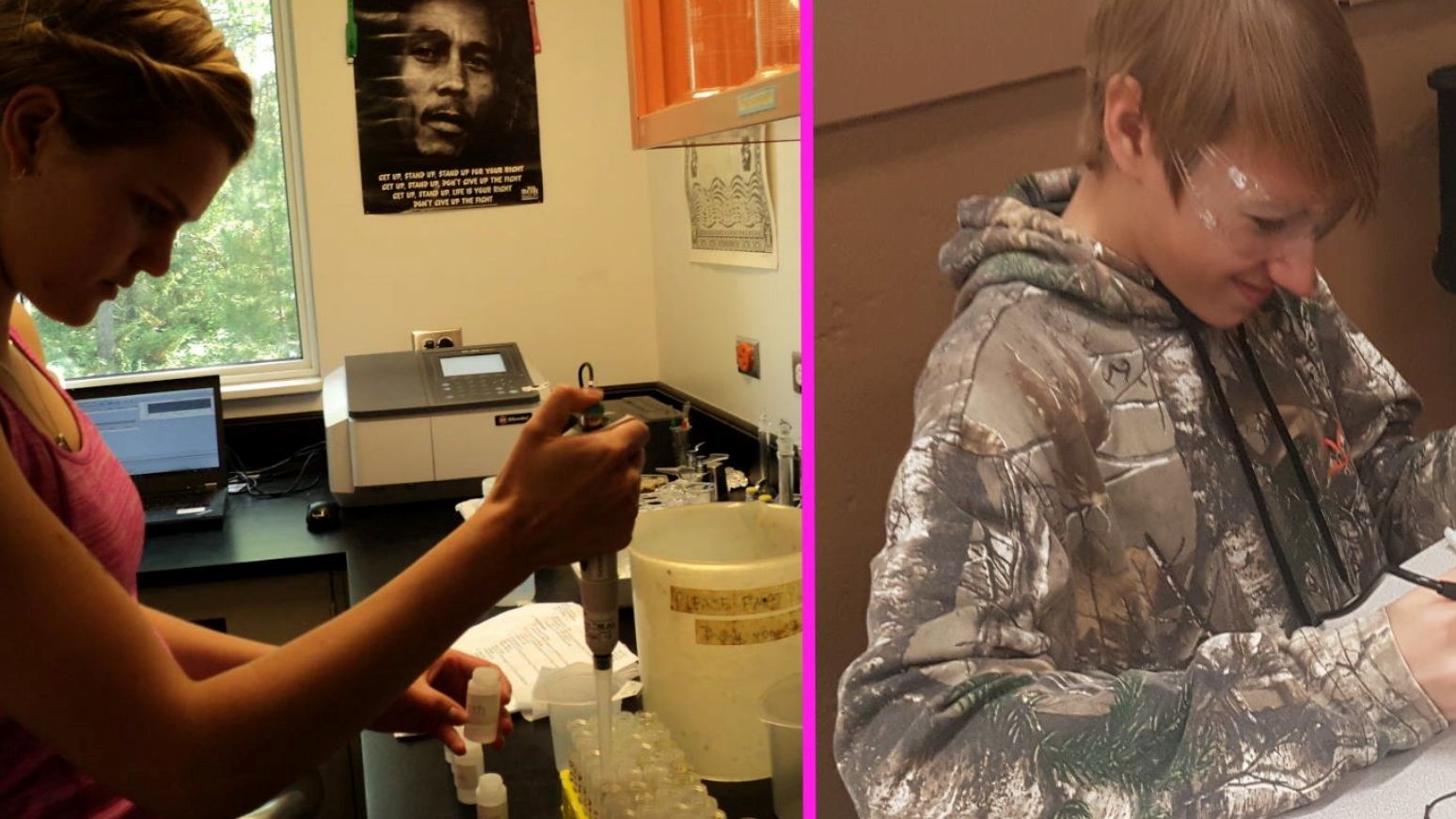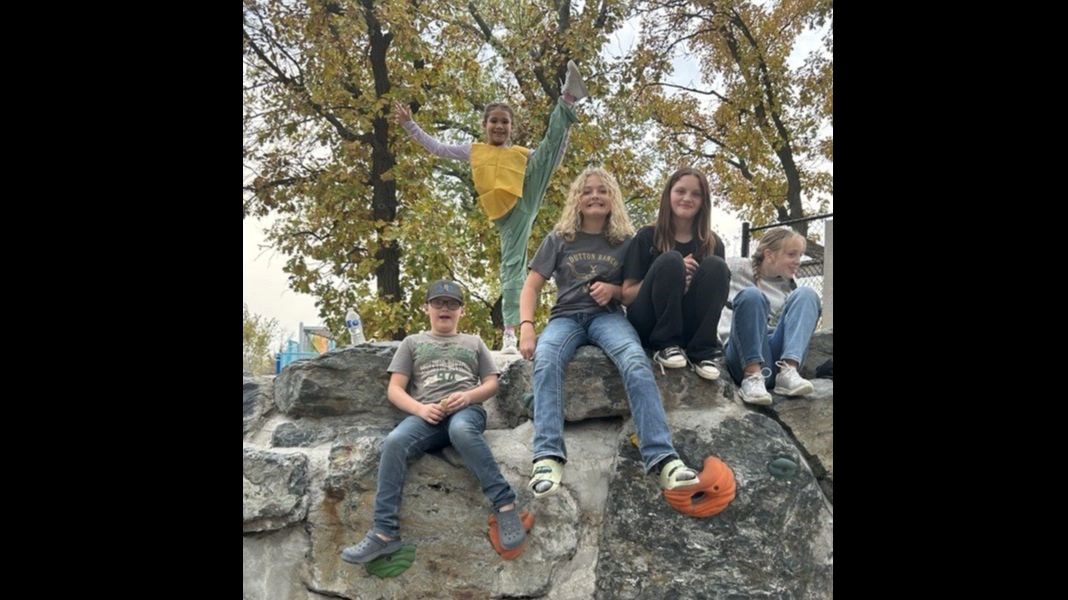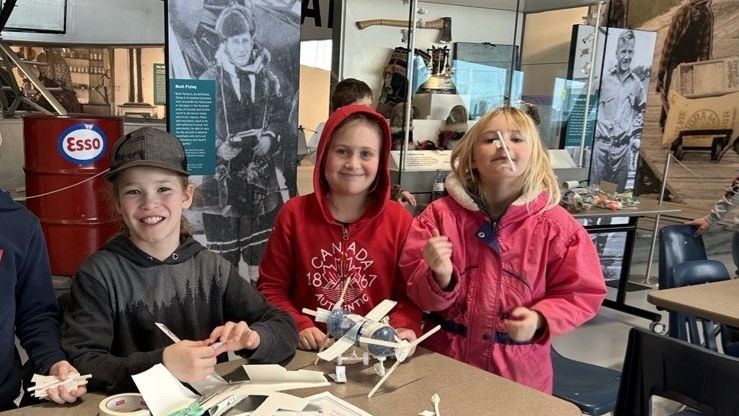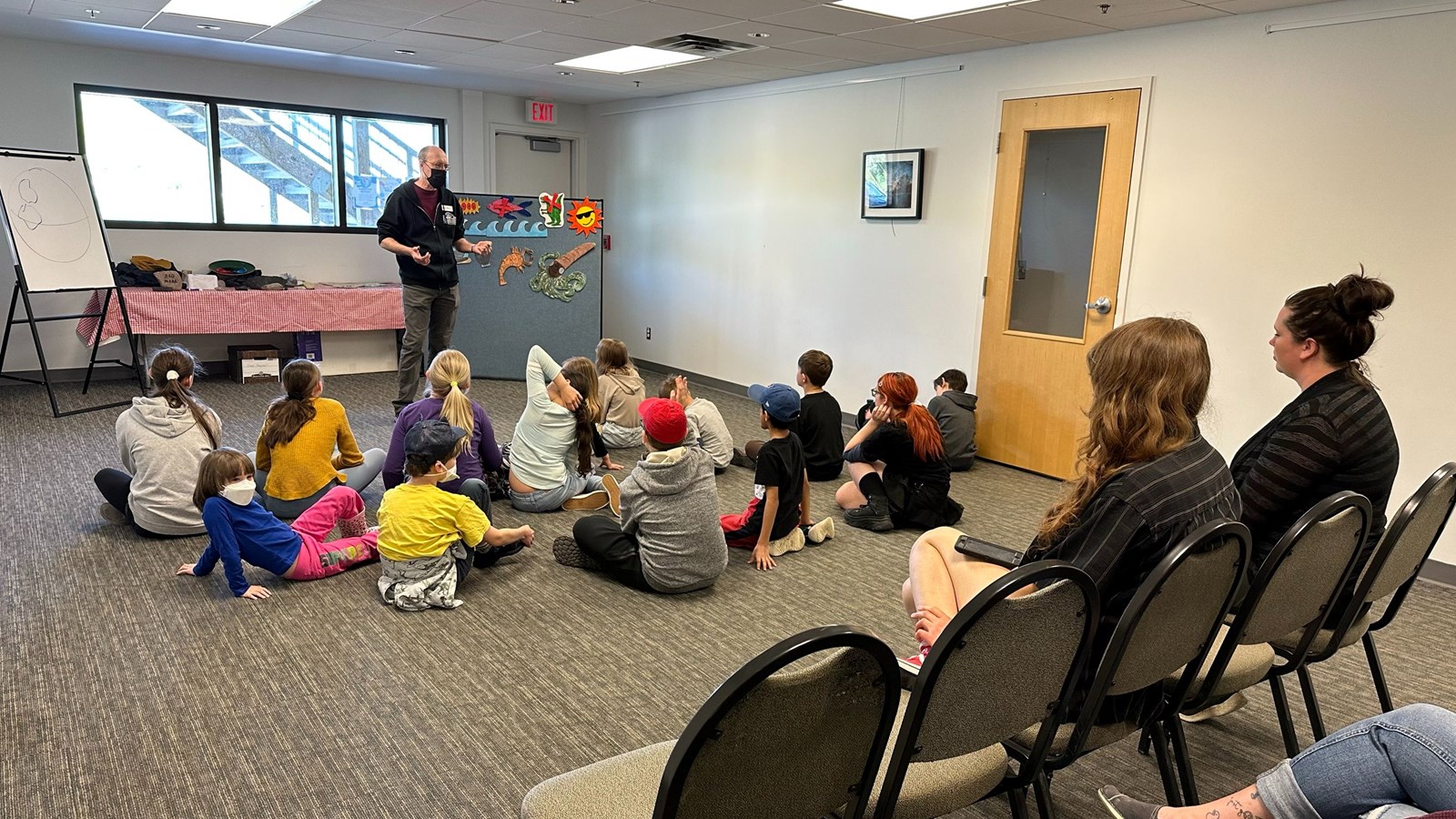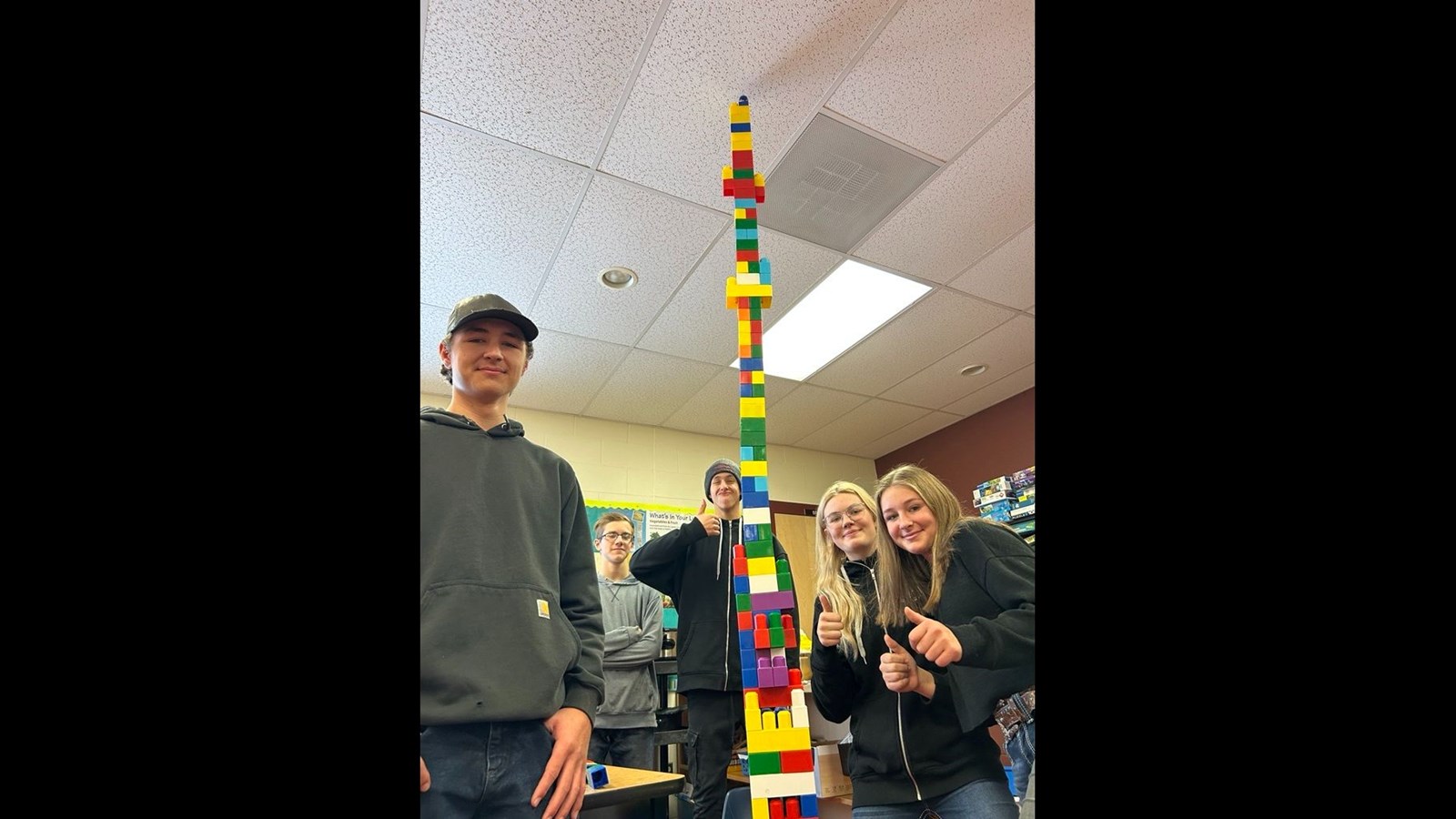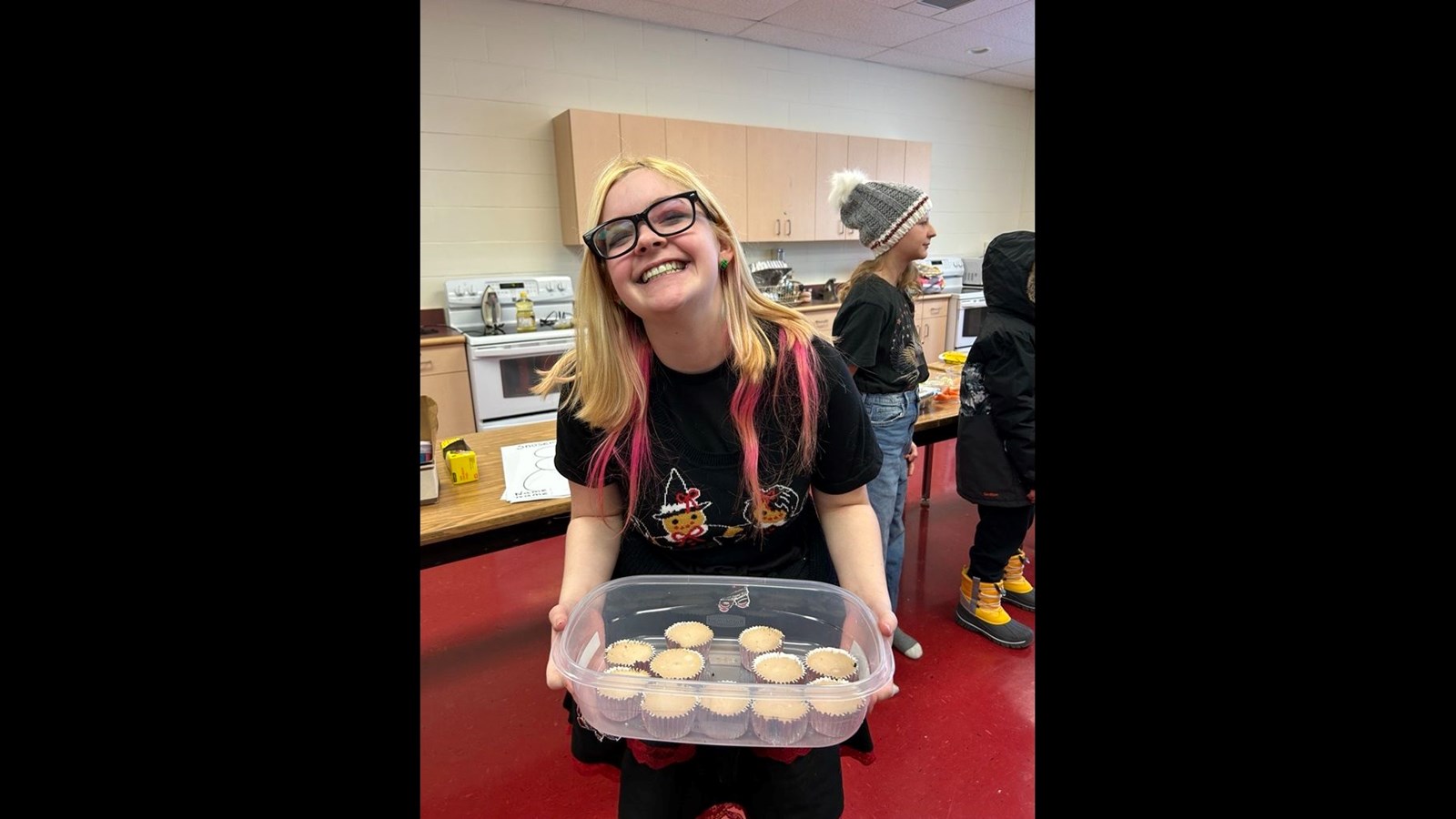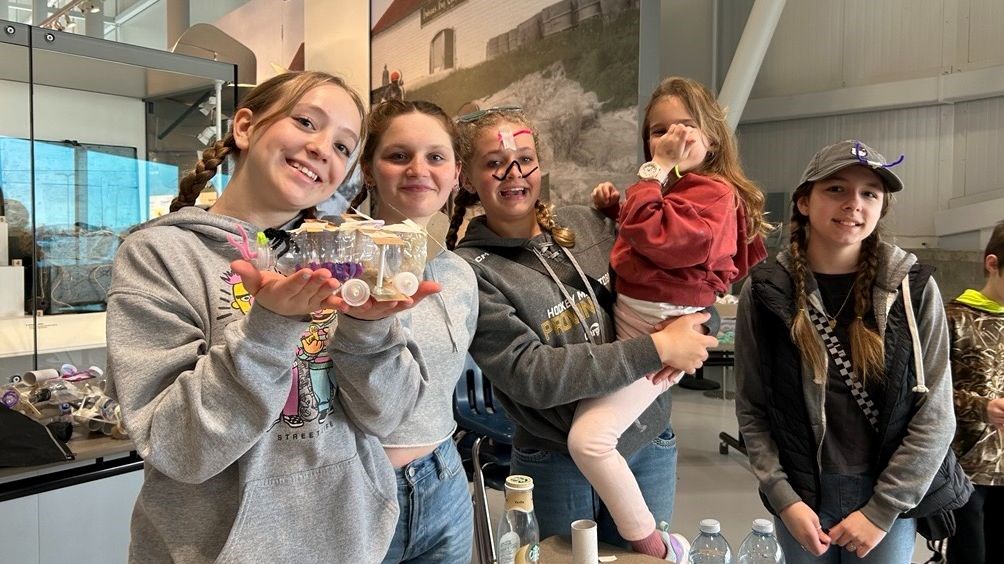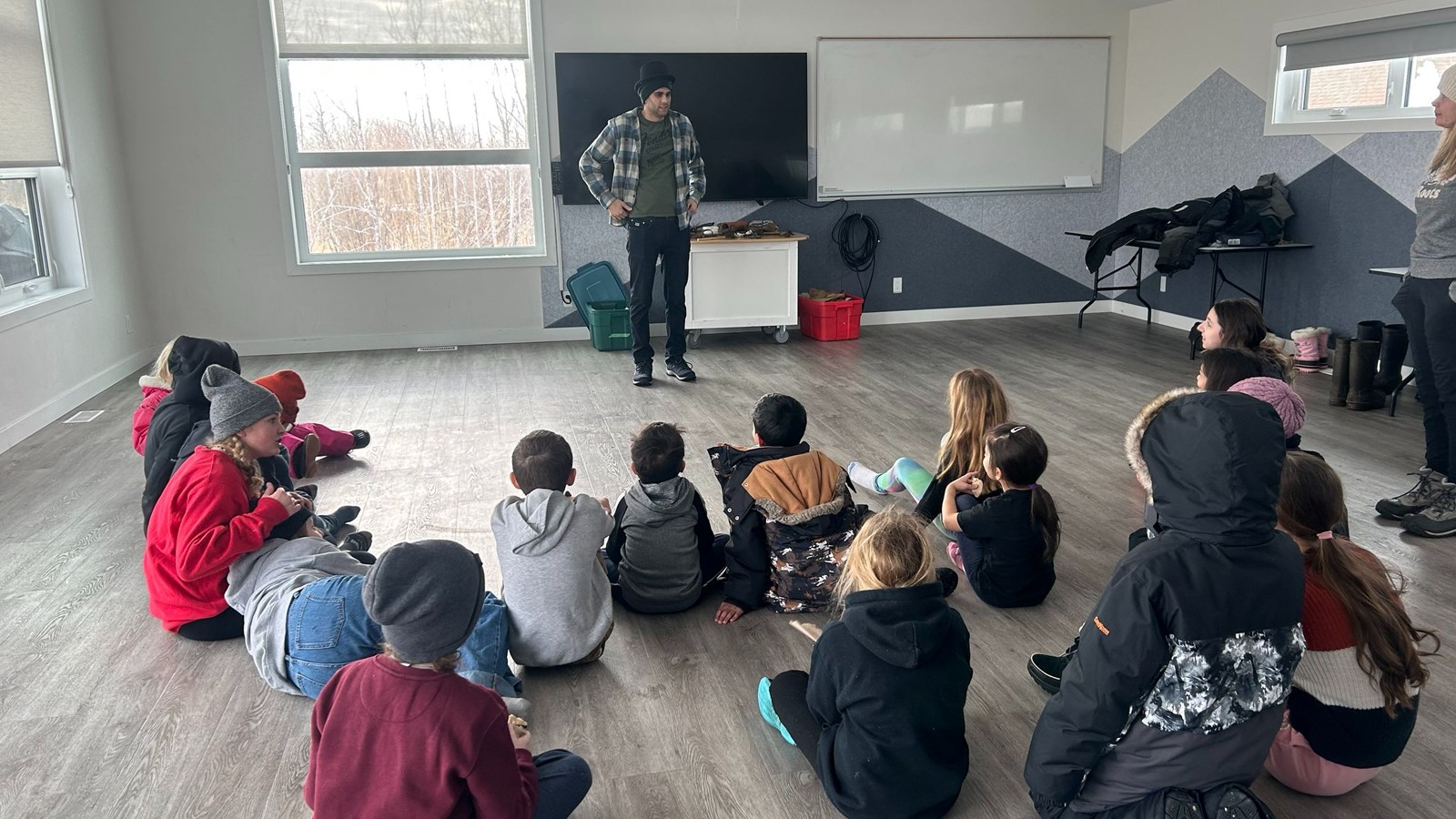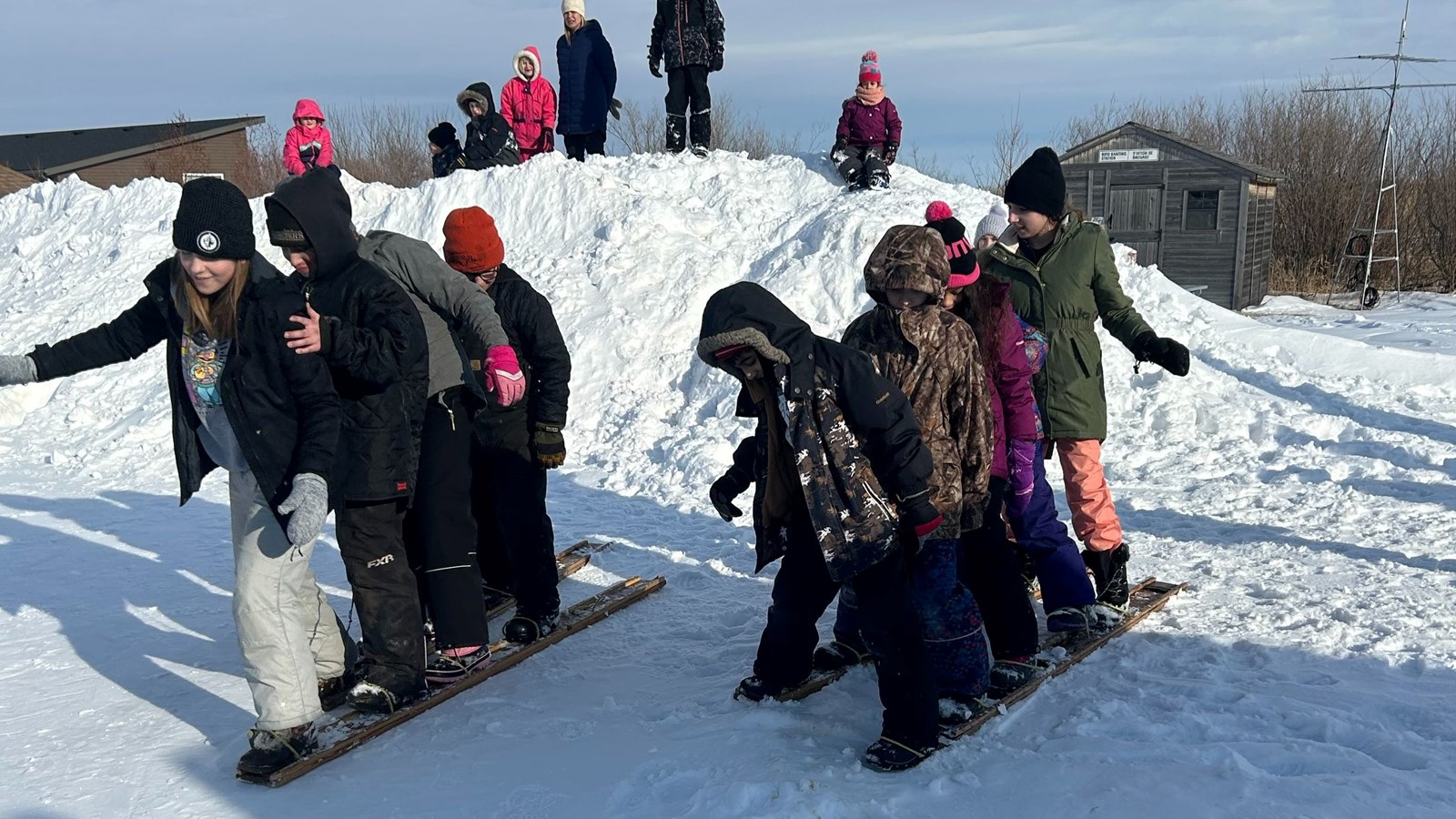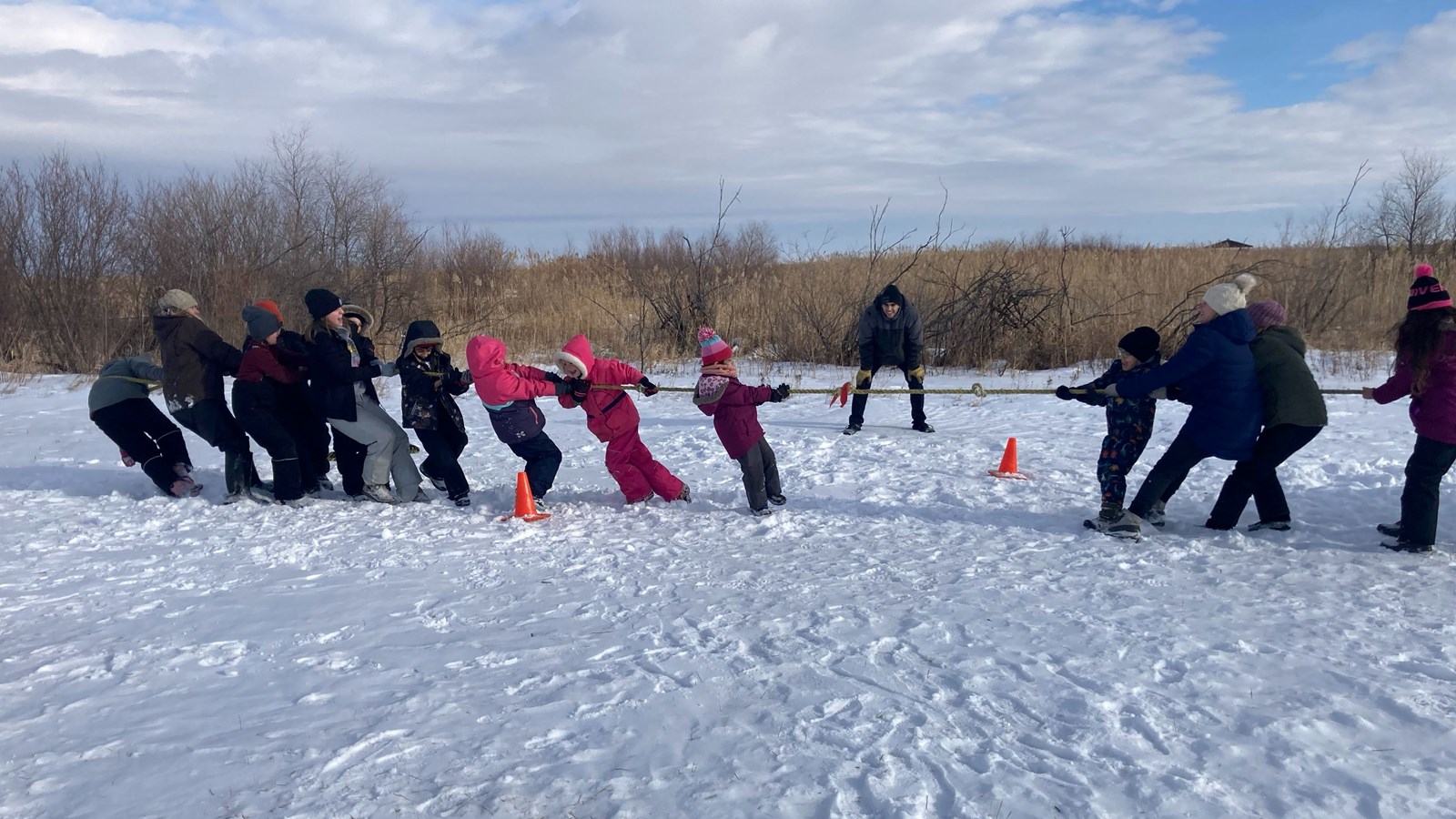Flex Program
The Flex Program is an alternative K-12 program that combines independent, online and in-person learning together to create a unique educational experience. It is a program that takes an expansive, community-based approach to education; linking together students, teachers, schools, parents and resources.
Who is Flex for?
Each student is unique and a one size fits all approach is not the best for everyone. While all of our schools adapt programming, there are also some students who learn best in alternative, out of school environments. Flex is designed to meet these students where they are at and offer a unique, tailored approach. Due to the nature of the program, students in Flex must be able to work independently and be self-motivated. Students also must be able to work online and have the ability to attend any mandatory in-person days (or complete the alternative options).
What Does Learning In Flex Look Like?
The Flex Program consists of several components including independent, on-line and in-person learning that students take part in over the course of the year.
Grades K-8:
Consists of regular, online direct instruction through a supplied laptop, combined with independent learning and in-person together days. Learning materials and assignments are available online and hard-copy materials are e-mailed to parents/caregivers to be printed at home.
There are also monthly Together Days at Inwood School plus in-person learning trips and home visits. Attending the Together Days for K-8 students are strongly encouraged but alternative options can be available on a case by case basis. Transportation to Together Days is provided from regional pickup points for students within the Lakeshore School Division catchment area. Students from outside of the catchment area must provide their own transportation.
An Example of the Flex Program for K-8:
- 4-5 weekly teacher instructed classes associated with their grade.
- 2 – 30-minute online gym classes available each week.
- 2 – 1-hour online group activity classes per week (this may vary in what activities are available, as the students help pick what they would like to do. Examples from the past are art projects, Book Club, STEM Club including Debate Club, Minecraft Club, cooking activities (Gingerbread House making), playing games such as Christmas Bingo, Kahoot!)
- 1 additional 30 minute online 1 on 1 support class (anything that the student requires help with per week.)
- Support resources available where students can ask for additional help; additional group supports may be added as required
- 1 online family support visit every 6-8 weeks depending on each students’ particular needs. (This is determined on an individual basis.)
- 2 Together Days per month; where we offer a variety of activities. Which include 1 day in Inwood School and 1 on a group field trip in Winnipeg or throughout the province.
Grades 9-12:
Consists of regular, online direct instruction through a supplied laptop, combined with independent learning and in-person together days. Students in grades 9-12 receive credits for the courses that they complete and receive a regular high school diploma upon graduation. Learning materials and assignments are available online and hard-copy materials are e-mailed to parents/caregivers to be printed at home.
Throughout the year there is a blend of online instruction and six mandatory in-person days located at Inwood School. The program also includes two one-week blocks of educational activities that take place at a camp and include overnight accommodation. If a student is unable to attend these weeks they must engage in community projects locally to meet the equivalent outcomes.
For each course a student takes, they can expect the following:
- (80 hours) Online instructional lessons and activities (asynchronous)
- (15-20 hours) Online direct, live contact time with program staff can be individual, small group or whole class (synchronous)
- (10-15 hours) In-person learning activities per course (combination of 6 in-person days in Inwood and 2 week-long blocks)
A key benefit of this program is the flexibility it offers students. They can complete their courses at the school's designated pace within a semester system, or they can choose to progress at their own speed, whether that is faster or slower. Each course is evaluated individually to ensure it meets the specific needs of each student.
An Example of the Flex Program for grades 9-12 with a full course load
- 4-5 weekly (one per course) online synchronous teacher led classes relevant to their grade and course selections.
- 20 hours (4 hours per course) of independent learning relevant to their grade and course selections.
- 2- 1 ½ hour online group classes each week. Students will have the chance to check in, explore a variety of topics across the core curriculum, and socialize with peers. They can choose what to discuss or simply enjoy some online games together in a fun, interactive environment!
- Additional thirty-minute one-on-one support sessions available to be booked.
- Online family support visits as required, tailored to individual needs.
- 6 total Together Days with 1 approximately every 6 weeks, featuring various activities— at Inwood School and other locations in Winnipeg or across the province.
- 2, week long in-person time at a camp. Learning focuses included career development, physical education and home economics.
How Does Applying to Flex Work?
The following are the steps involved in applying for the program:
Step One: Fill out the application form for Flex registration - deadline is May 15, for the coming school year. Applications beyond this date may be considered on a case-by-case basis.
Step Two: Your application will be reviewed, and you will be contacted by the Flex coordinator.
Step Three: Successful applicants and their parents will meet with the Flex coordinator to discuss program options and goals.
Step Four: The Flex coordinator will create a program plan for each individual student. This plan will then be shared and reviewed with the team (parents, students, teachers).
Step Five: The Flex coordinator will be in regular communication with the team to check on progress and support where needed
Contact Information
Stacey Gard - FLEX Co-ordinator
Lakeshore School Division
Box 100
Eriksdale, MB R0C 0W0
204-739-2101

